Research Professor Christian E. Buckingham (PI) and Professor Amit Tandon (Co-investigator) have been awarded $480,694 for the project, “INTeRnal waves In angular momeNtum StratifICation (INTRINSIC),” by the National Science Foundation (NSF).
An important discovery in the oceanography community has been the realization that centripetal accelerations, or curvature, can modify the stability of fluid parcels within fronts. Curvature can be shown to locally modify the frequency, dispersion, and hence propagation of internal waves (IWs). Owing to where such waves lose energy or break, this can have a significant impact on energy, buoyancy, and tracer fluxes between the ocean and atmosphere. INTRINSIC aims to study this topic by systematically examining a simplified model of a curved front, together with numerical simulations of the same, in order to better understand the dispersion, propagation, and fate of IWs within the ocean.
More on the project here.
Congratulations Profs. Buckingham and Tandon!
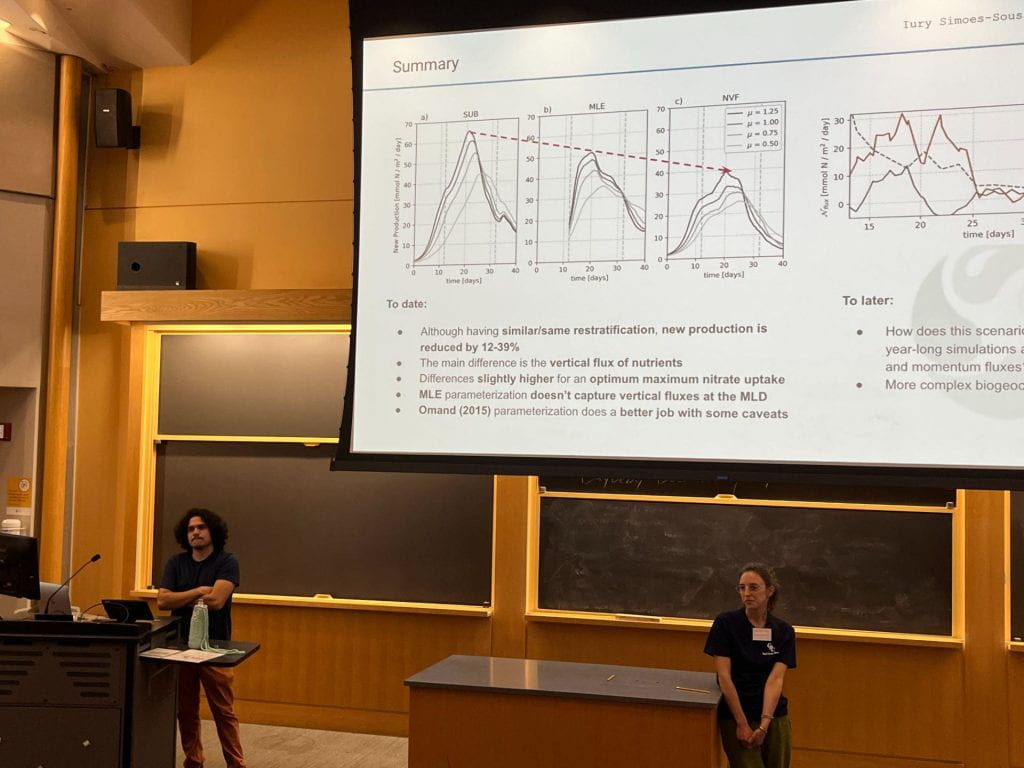
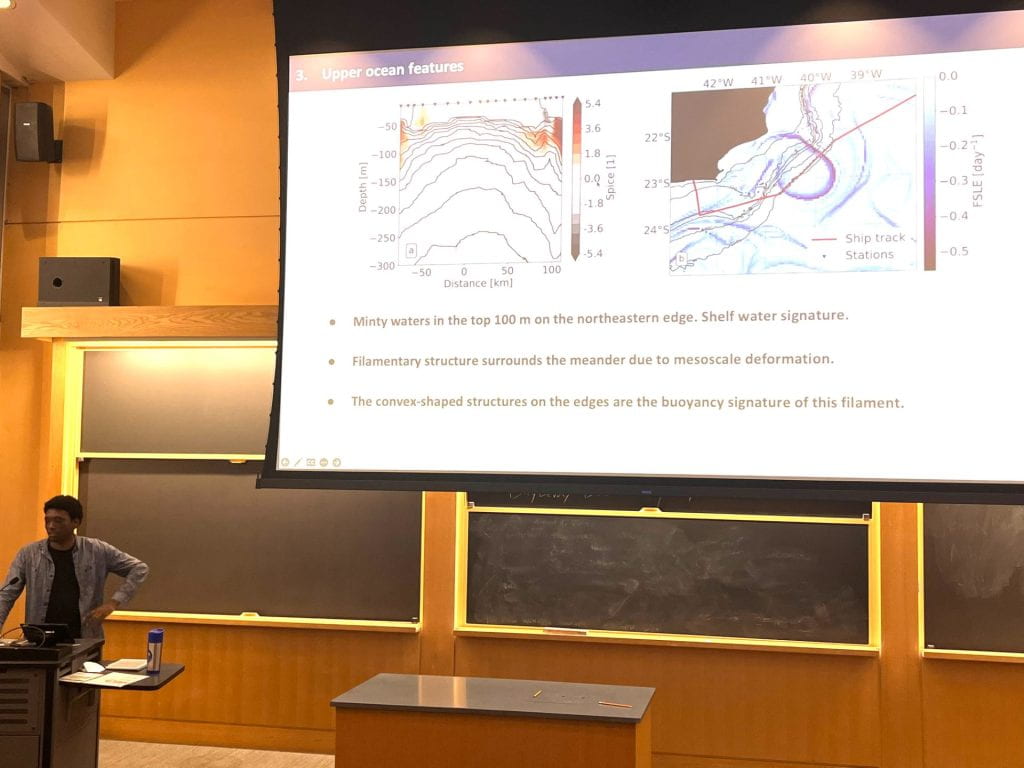
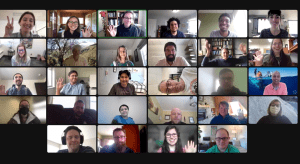
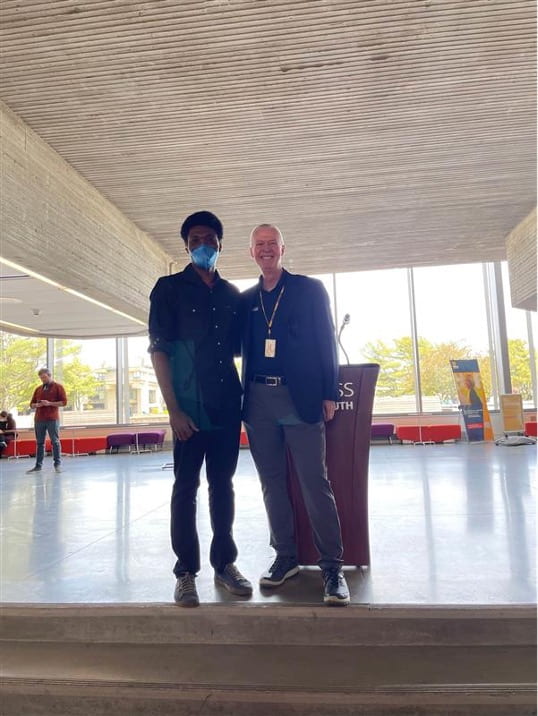
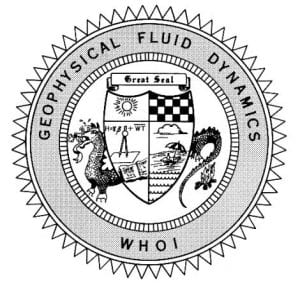
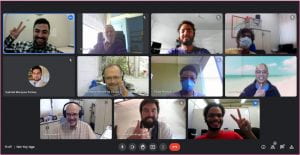

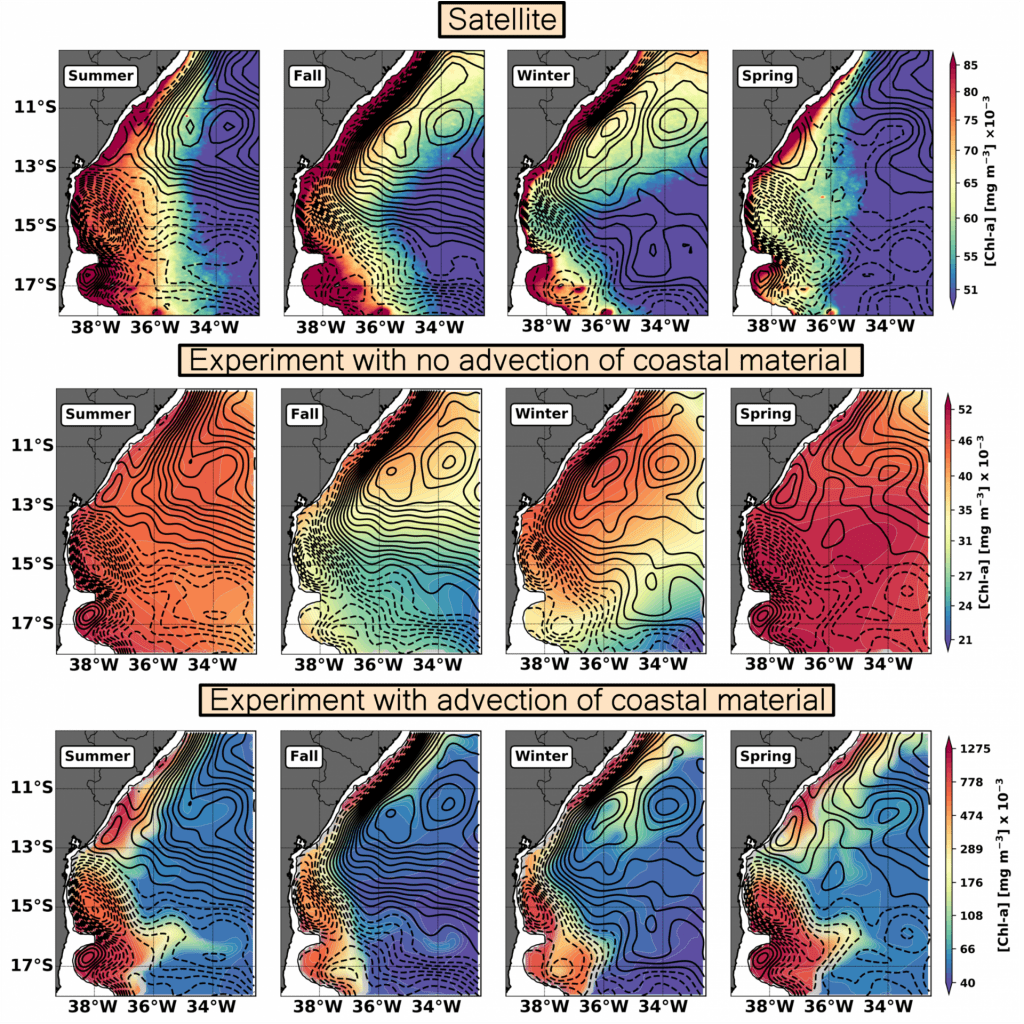
Recent Comments